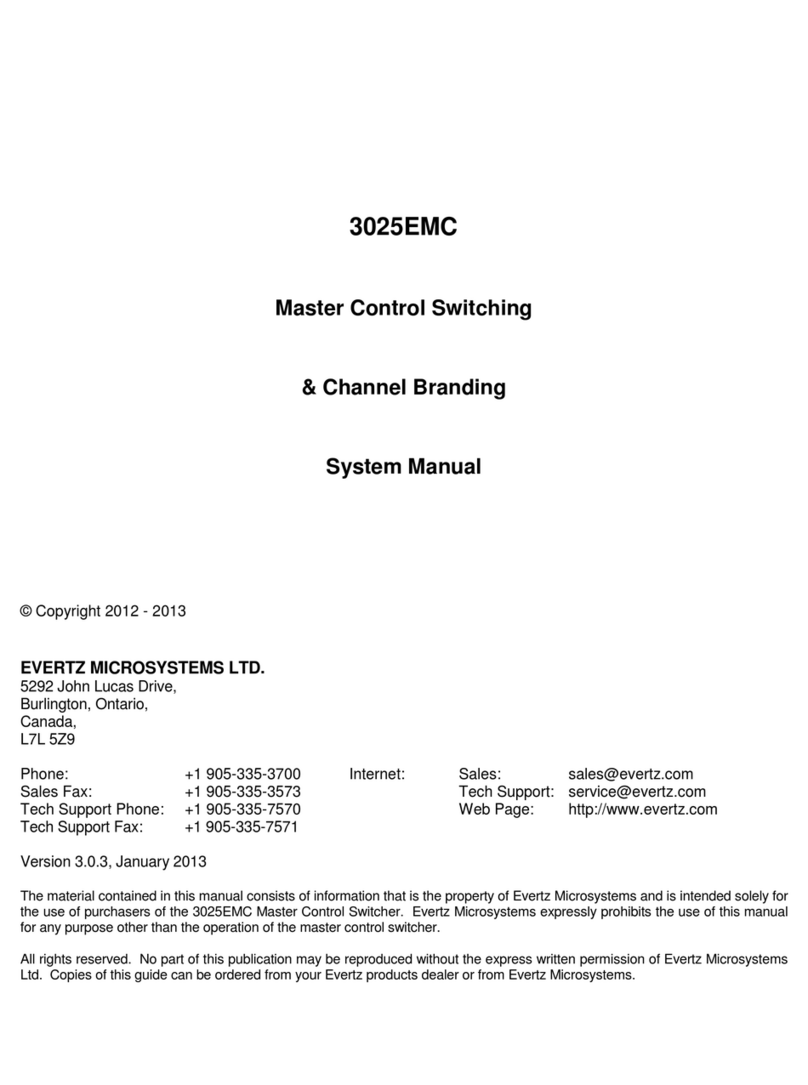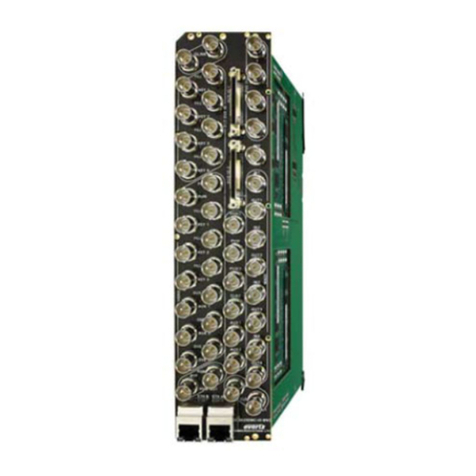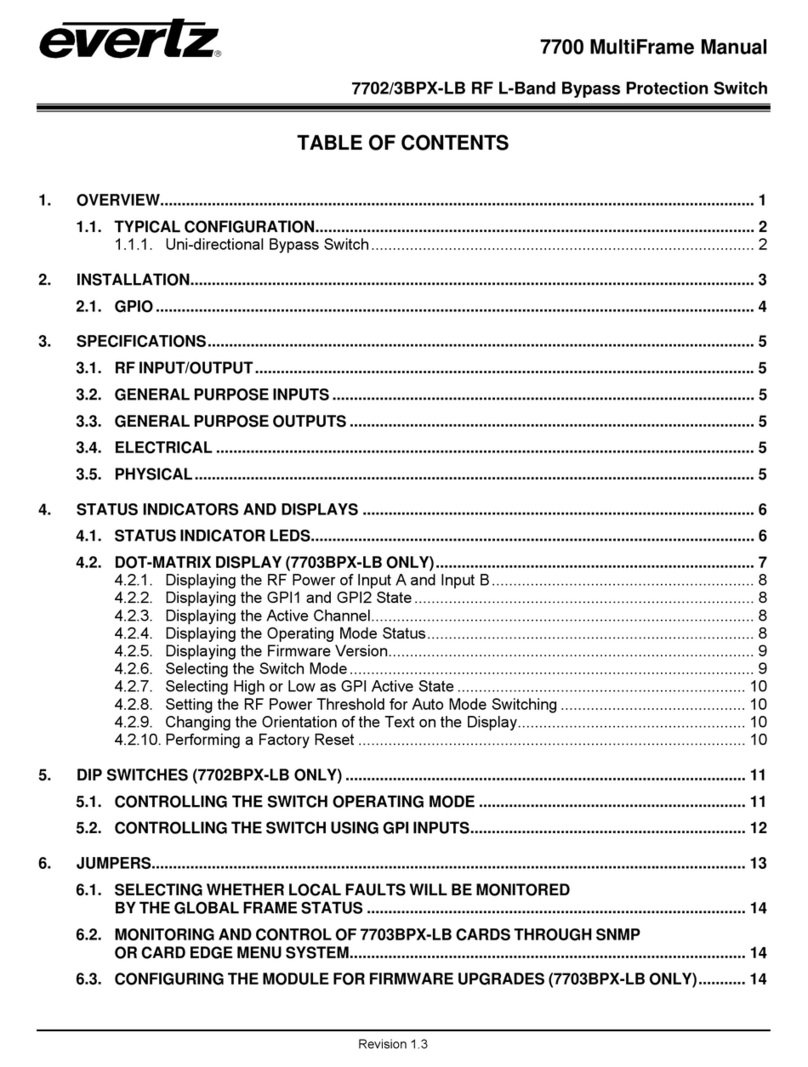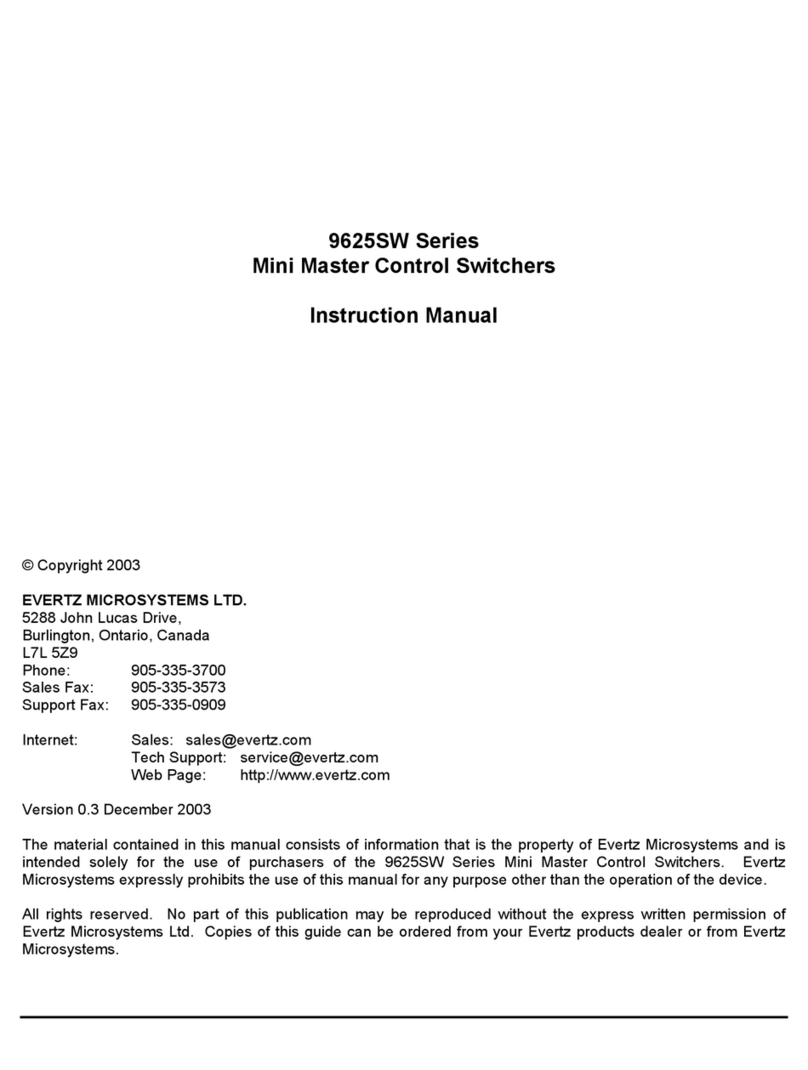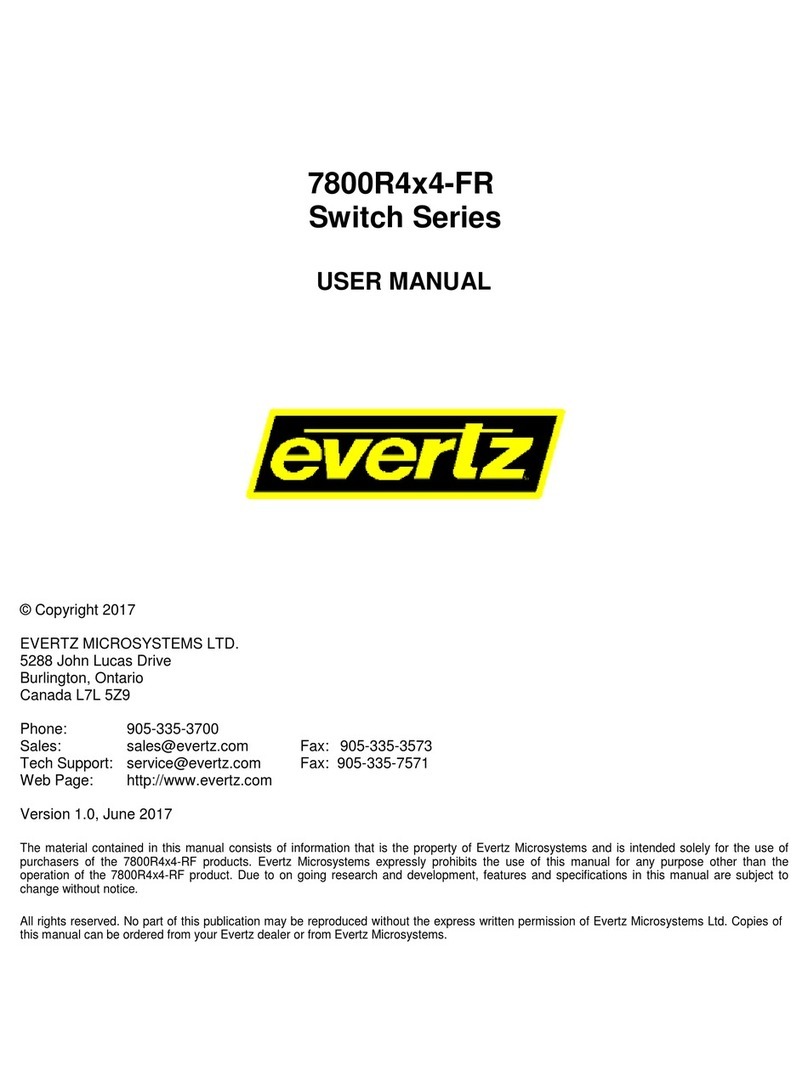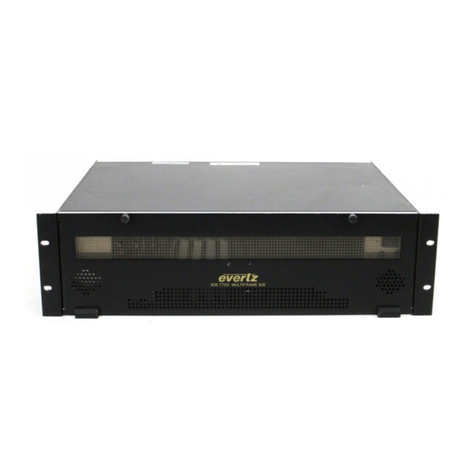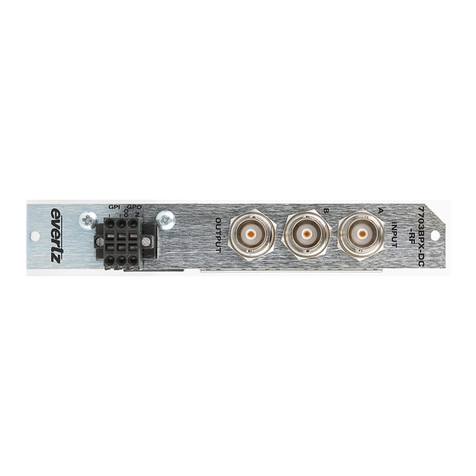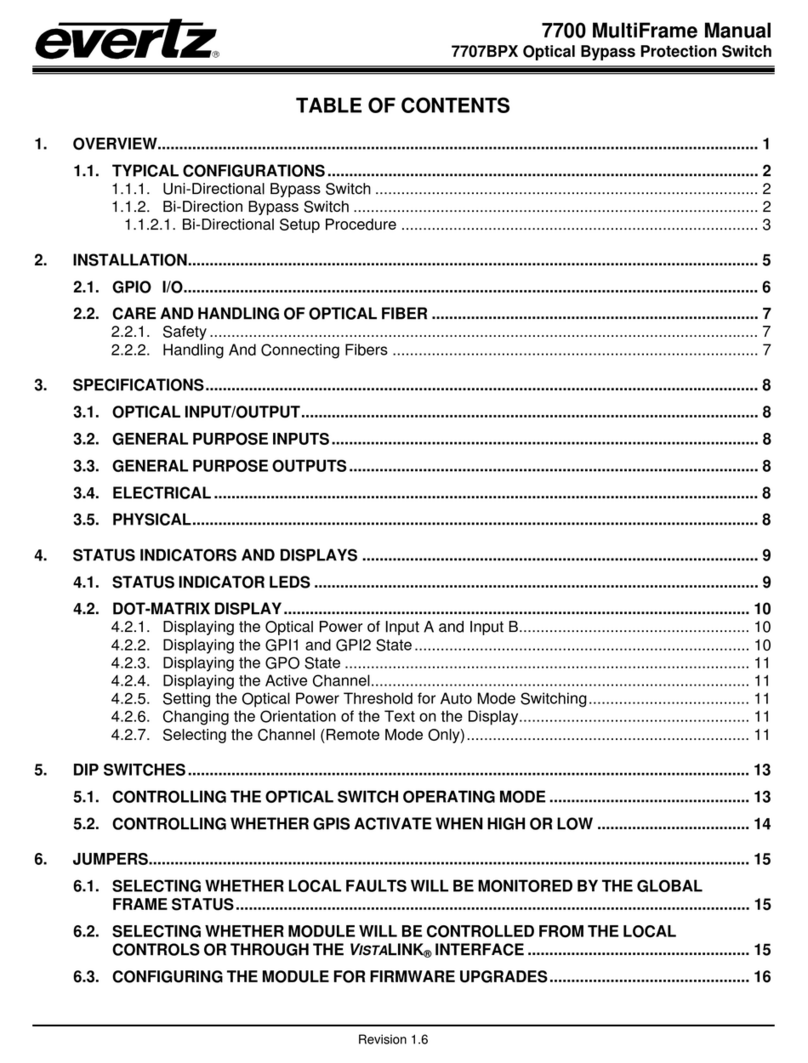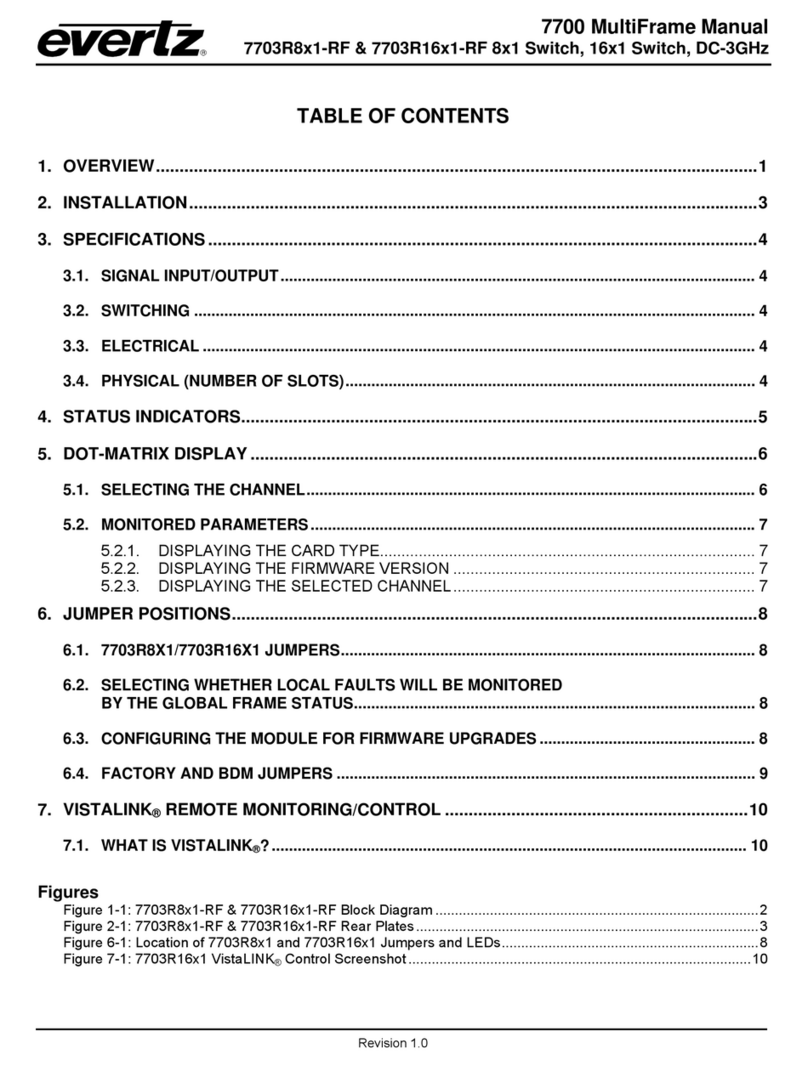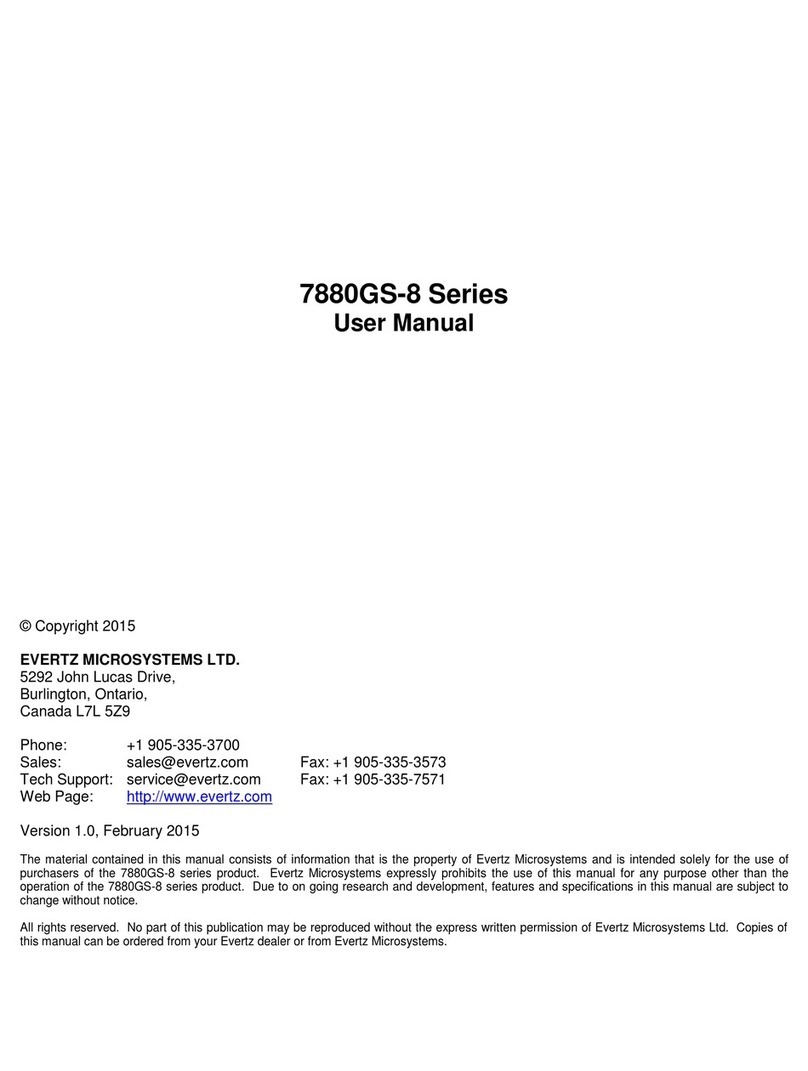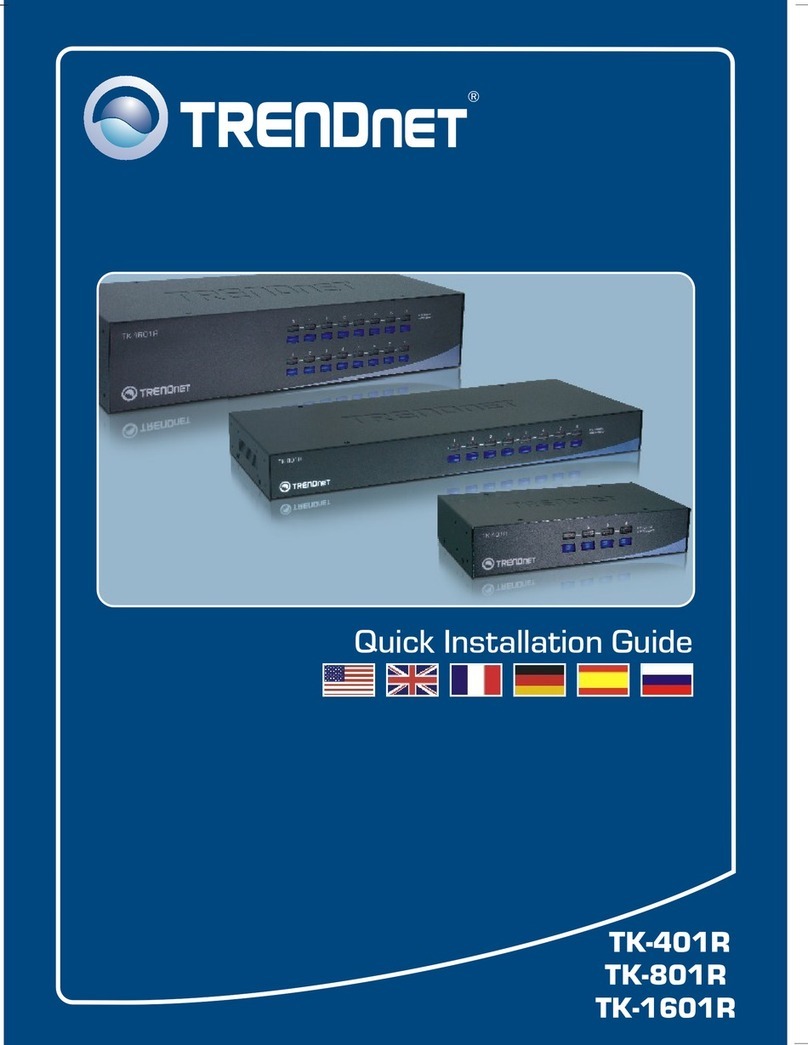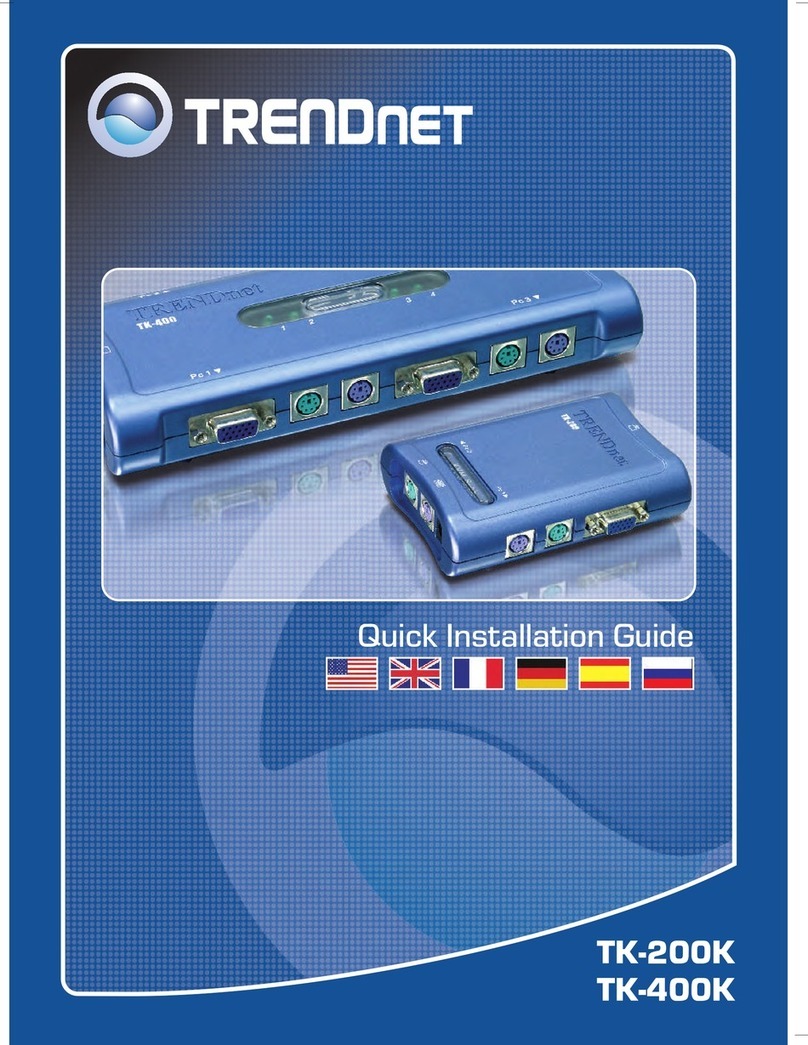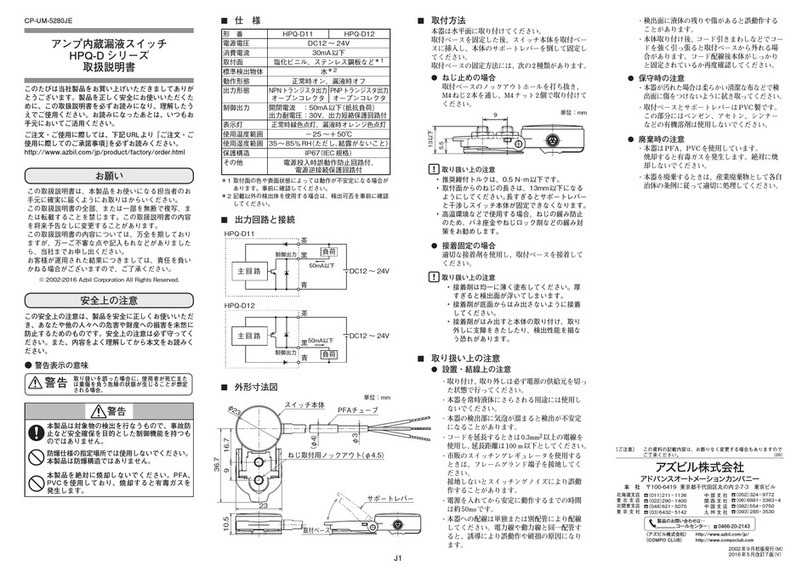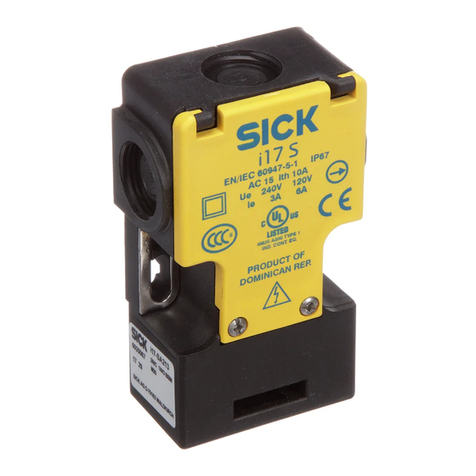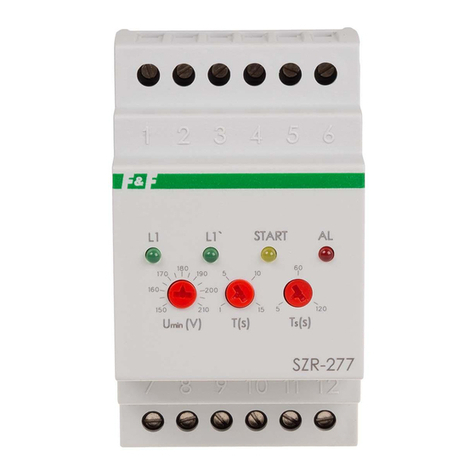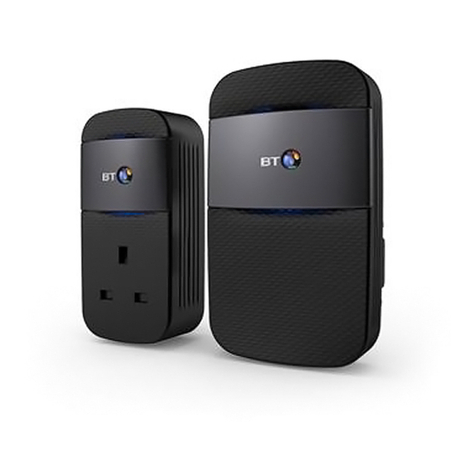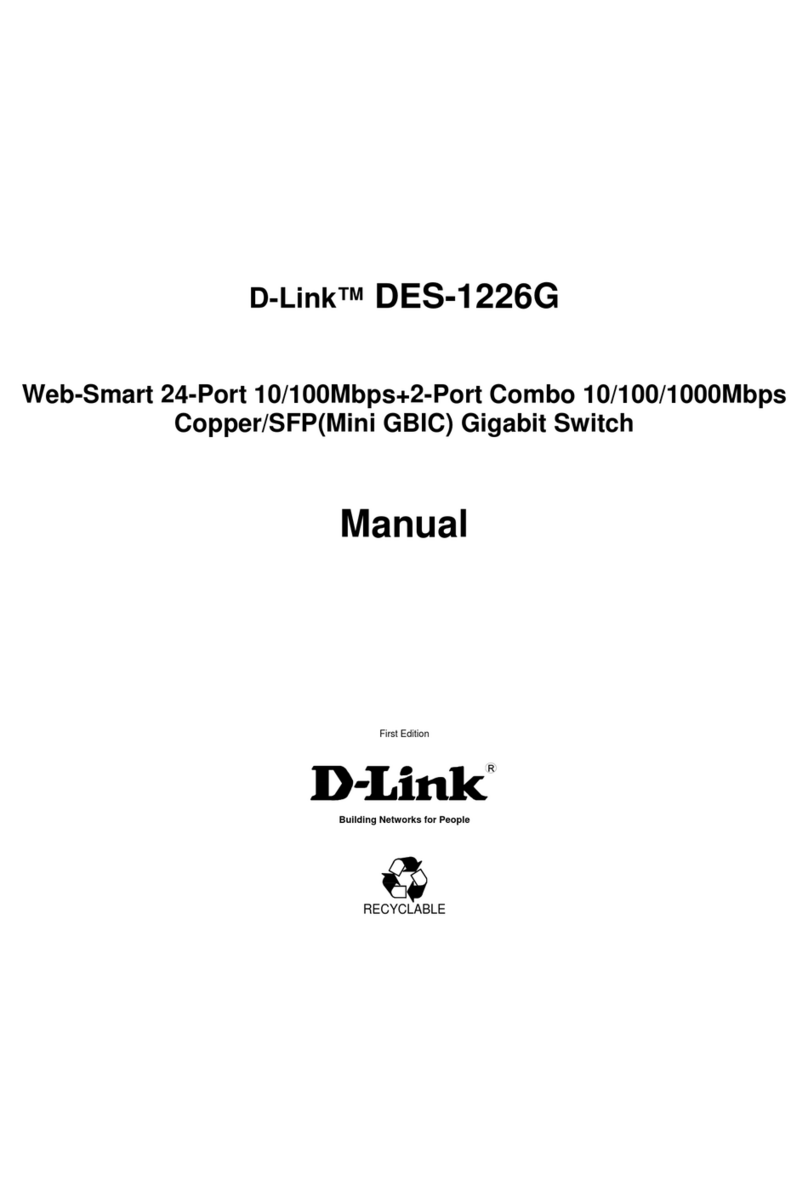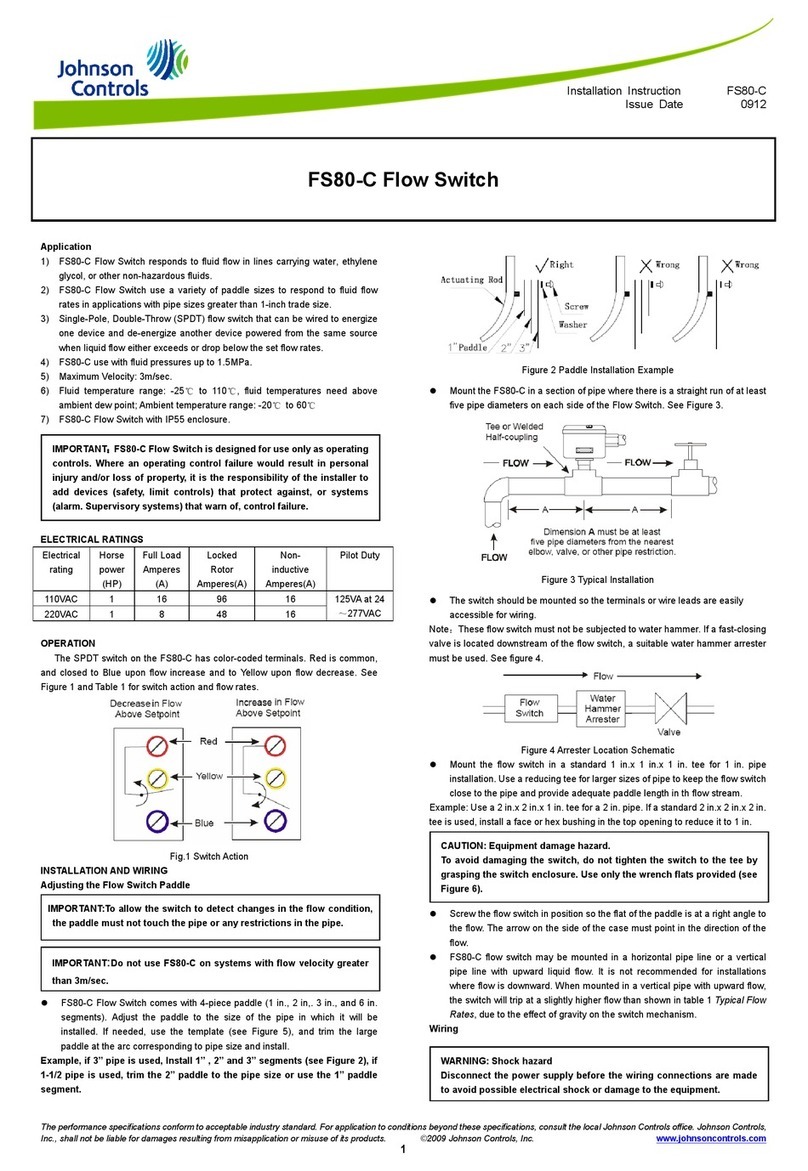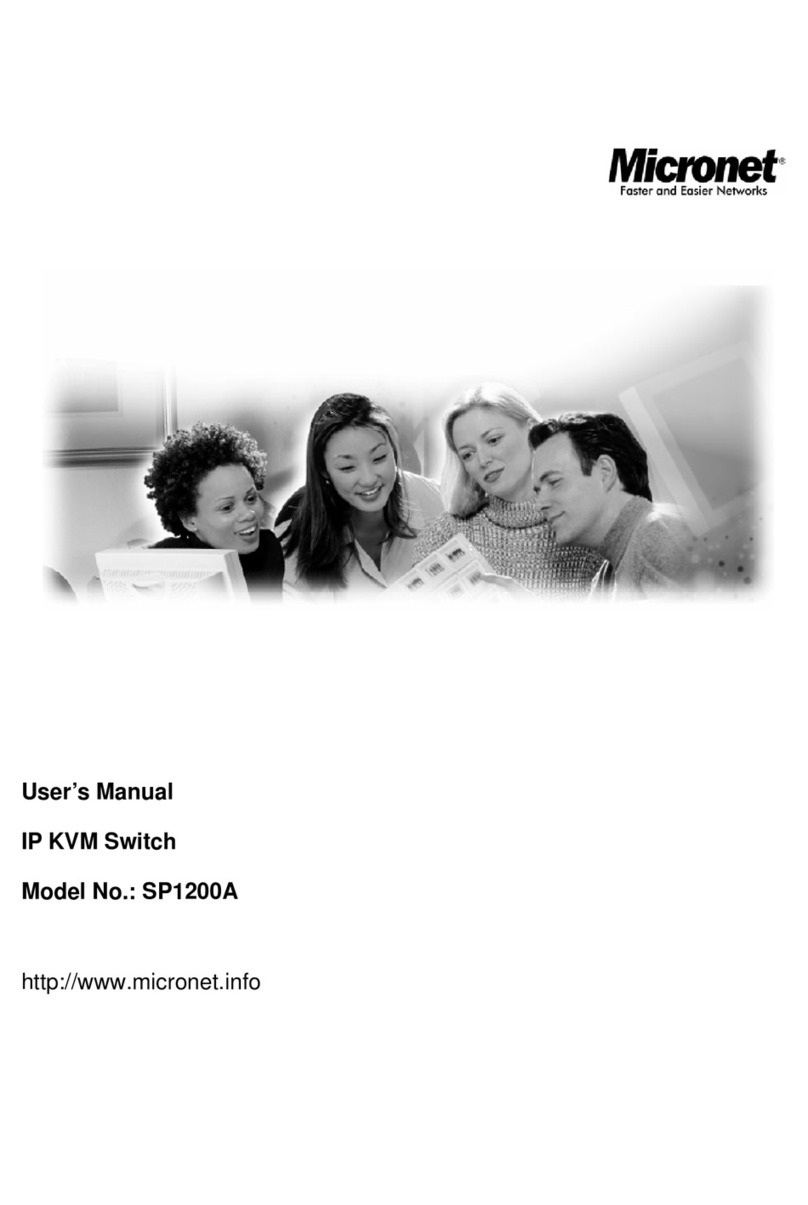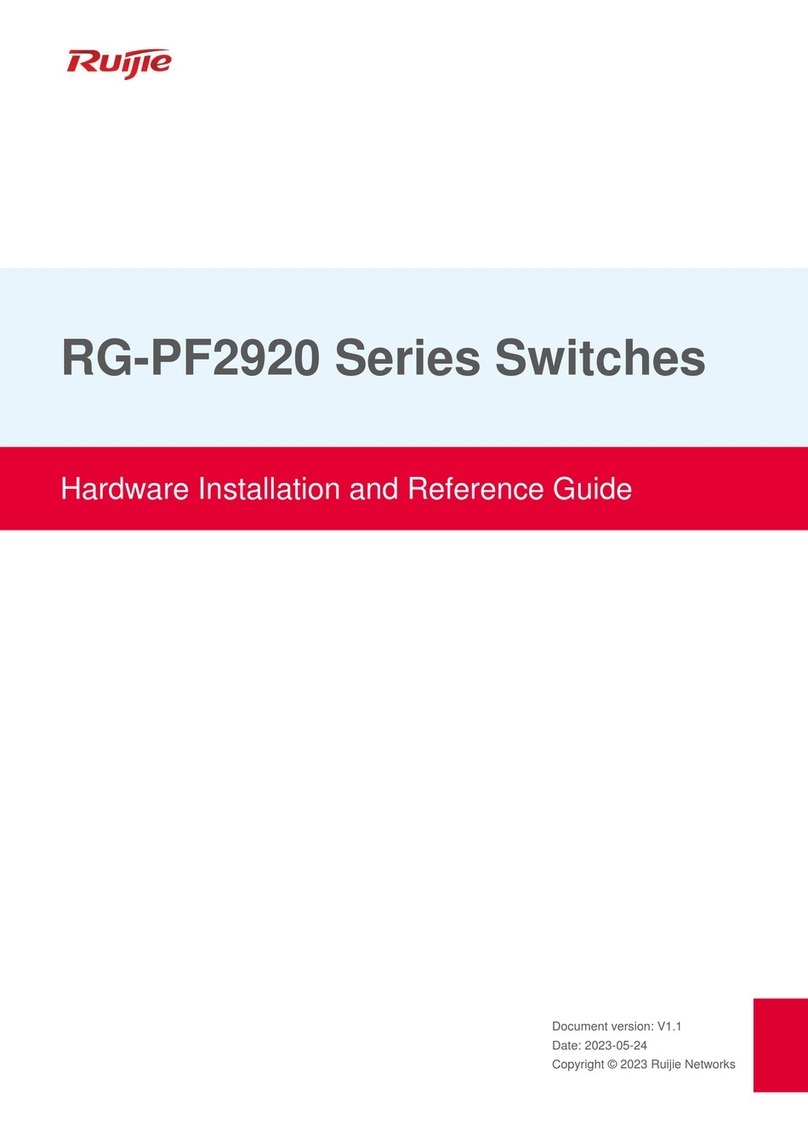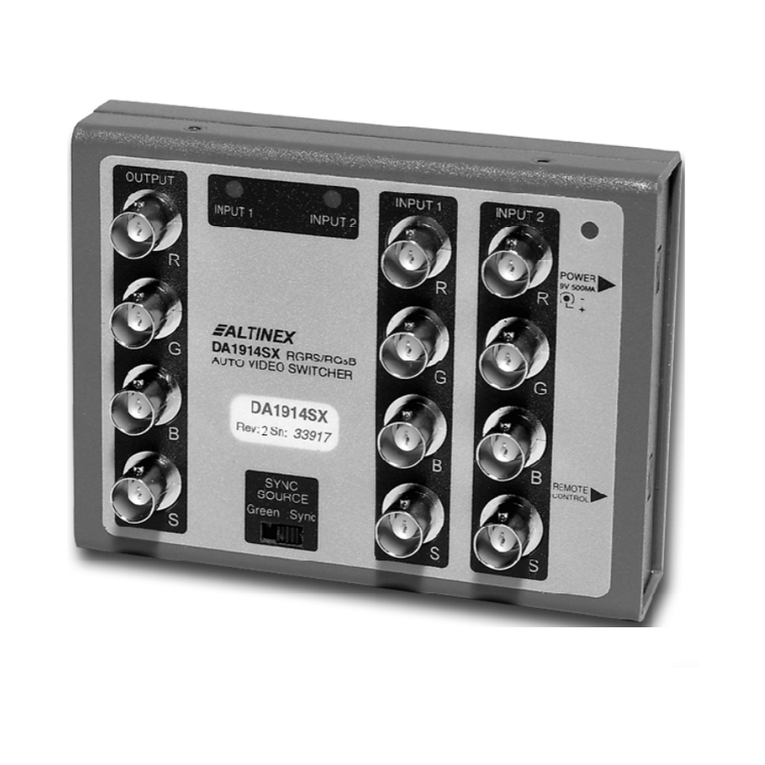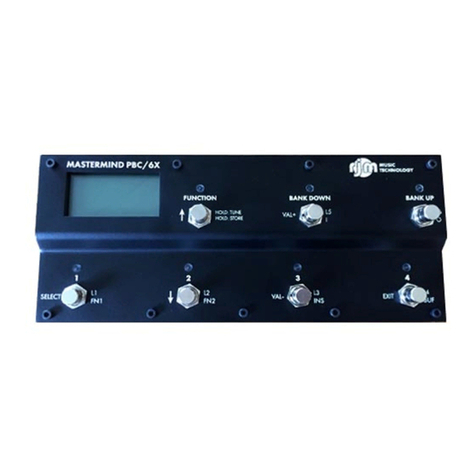
7700 MultiFrame Manual
7702/3BPX-IF Intermediate Frequency Bypass Protection Switch
Revision 1.2
TABLE OF CONTENTS
1. OVERVIEW.......................................................................................................................................... 1
1.1. TYPICAL CONFIGURATION...................................................................................................... 3
1.1.1. Uni-directional Bypass Switch .......................................................................................... 3
2. INSTALLATION................................................................................................................................... 4
2.1. GPIO........................................................................................................................................... 5
3. SPECIFICATIONS............................................................................................................................... 6
3.1. RF INPUT/OUTPUT.................................................................................................................... 6
3.2. GENERAL PURPOSE INPUTS.................................................................................................. 6
3.3. GENERAL PURPOSE OUTPUTS.............................................................................................. 6
3.4. ELECTRICAL ............................................................................................................................. 6
3.5. PHYSICAL.................................................................................................................................. 6
4. STATUS INDICATORS AND DISPLAYS ........................................................................................... 7
4.1. STATUS INDICATOR LEDS....................................................................................................... 7
4.2. DOT-MATRIX DISPLAY (7703BPX-IF ONLY ).......................................................................... 7
4.2.1. Displaying the RF Power of Input A and Input B .............................................................. 8
4.2.2. Displaying the GPI1 and GPI2 State ................................................................................ 9
4.2.3. Displaying the Active Channel.......................................................................................... 9
4.2.4. Displaying the Operating Mode Status............................................................................. 9
4.2.5. Displaying the Firmware Version...................................................................................... 9
4.2.6. Selecting the Switch Mode ............................................................................................. 10
4.2.7. Setting the RF Power Threshold for Auto Mode Switching............................................. 10
4.2.8. Changing the Orientation of the Text on the Display...................................................... 11
4.2.9. Selecting High or Low as GPI Active State..................................................................... 11
4.2.10.Performing a Factory Reset........................................................................................... 11
5. DIP SWITCHES ( 7702BPX-IF ONLY ).............................................................................................12
5.1. CONTROLLING THE SWITCH OPERATING MODE .............................................................. 12
5.2. CONTROLLING THE SWITCH USING GPI INPUTS................................................................ 13
6. JUMPERS.......................................................................................................................................... 14
6.1. SELECTING WHETHER LOCAL FAULTS WILL BE MONITORED
BY THE GLOBAL FRAME STATUS ........................................................................................ 15
6.2. MONITORING AND CONTROL OF 7703BPX-IF CARDS THROUGH SNMP
OR CARD EDGE MENU SYSTEM............................................................................................ 15
6.3. CONFIGURING THE MODULE FOR FIRMWARE UPGRADES (7703BPX-IF ONLY) ............ 15
